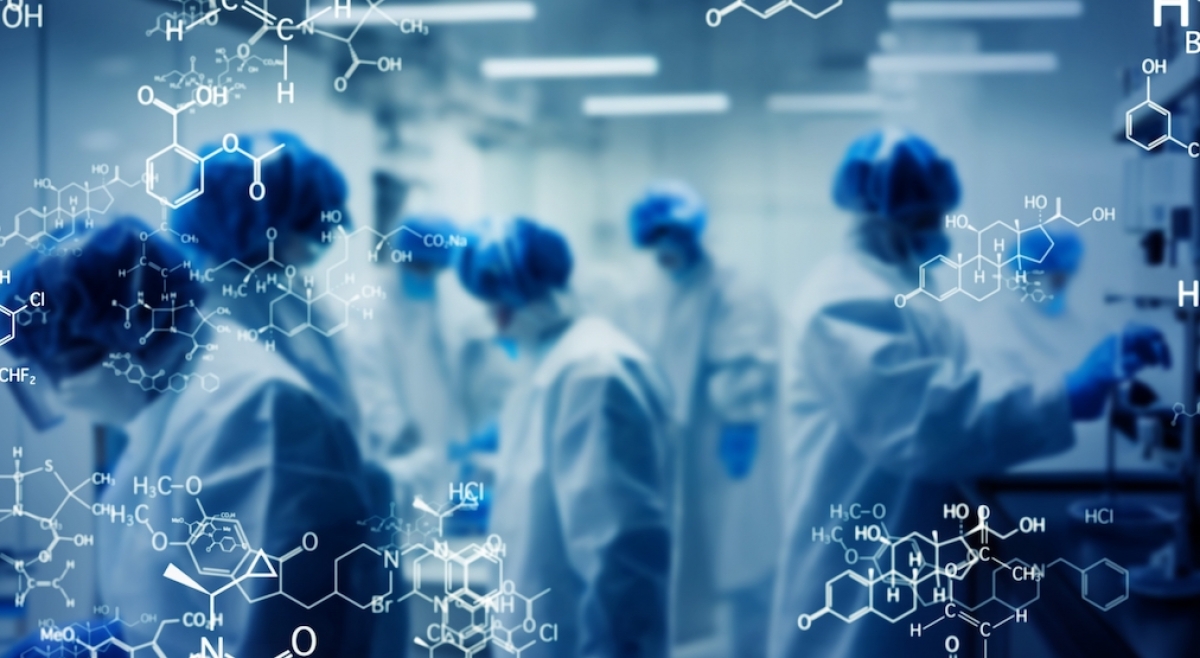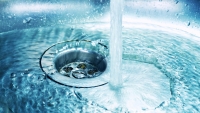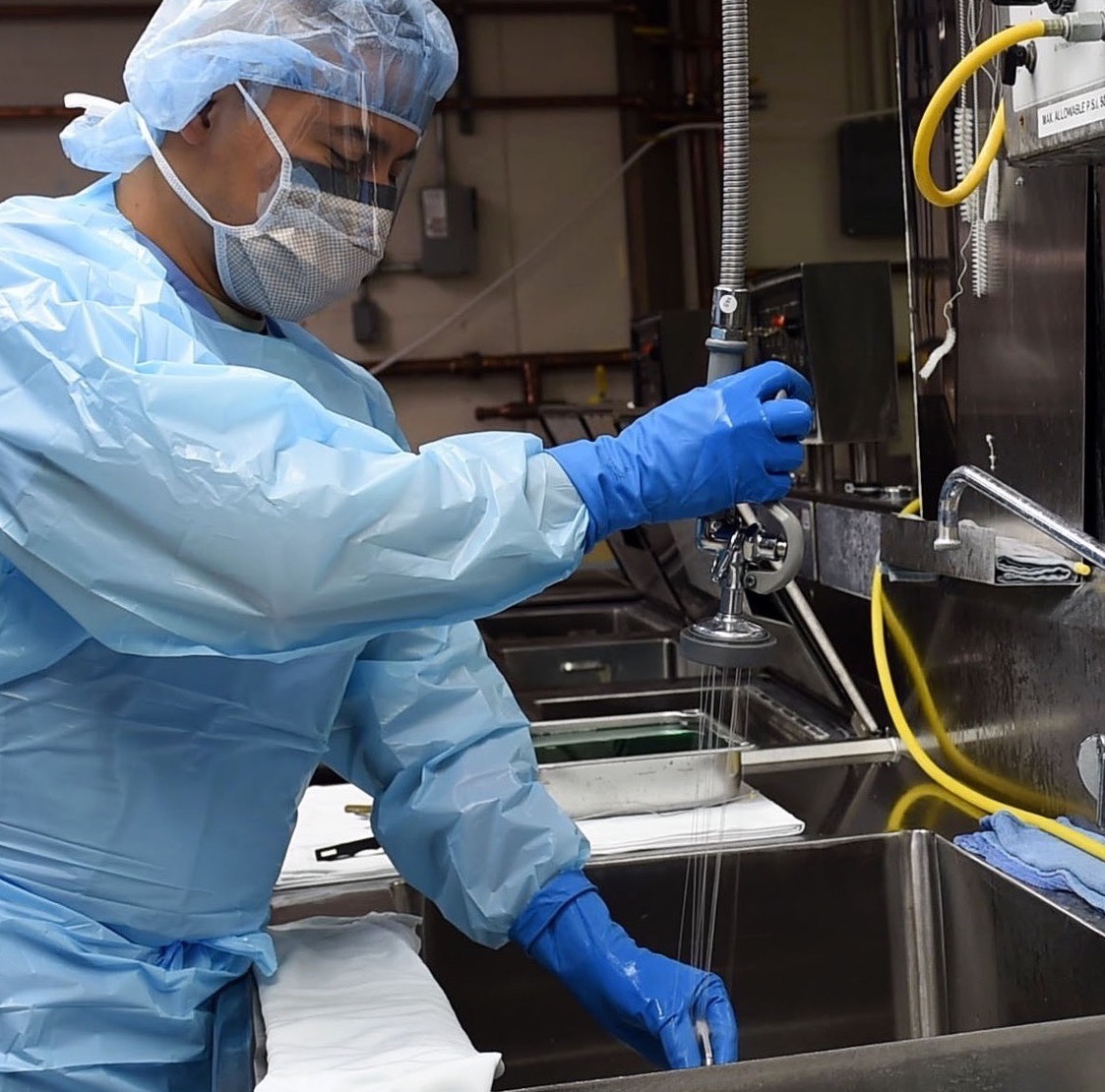
Clean Science
If you're curious about how cleaning products work or why cleaning of medical devices is considered the critical first step in the decontamination process, you've come to the right place. We’ve studied the science of cleaning and are pleased to share with you what we learned over the last thirty years, as a U.S. EPA Safer Choice Partner of the Year, in independent laboratory studies, in our micro lab, and with the USGS at their U.S. Wildlife Health Center in Madison, WI. We'll explain the science behind some of the most common cleaning agents and, the importance of applying specific parameters and tools, so you can clean smarter—not harder.
When did it all begin…
Cleaning science can be traced back all the way to 2800 BC. The first cleaning product was water using streams, lakes, and rivers to simply rinse off utensils. However, around 2800 BC, ancient Babylonians started making “soap”. Archeologists have excavated soap-like materials stored in various inscribed cylinders. The cylinders had inscriptions saying, “fat boiled with ash.” Cleaning was also prevalent in other ancient civilizations, such as the Egyptians, a medical document dating back to 1500 BC proves that people used vegetable and animal oil to form soap-like substances and relied on alkaline soap for washing. It wasn’t until the 20th century that enzymatic solutions became the norm for laundry detergents. In the 1990’s enzymatic cleaners were introduced to facilitate the reprocessing of surgical devices, and to provide a more neutral pH cleaning formulation for instrument preservation. Recent studies have shown that enzymatic cleaners may not only remove, but may actually degrade infectious agents.
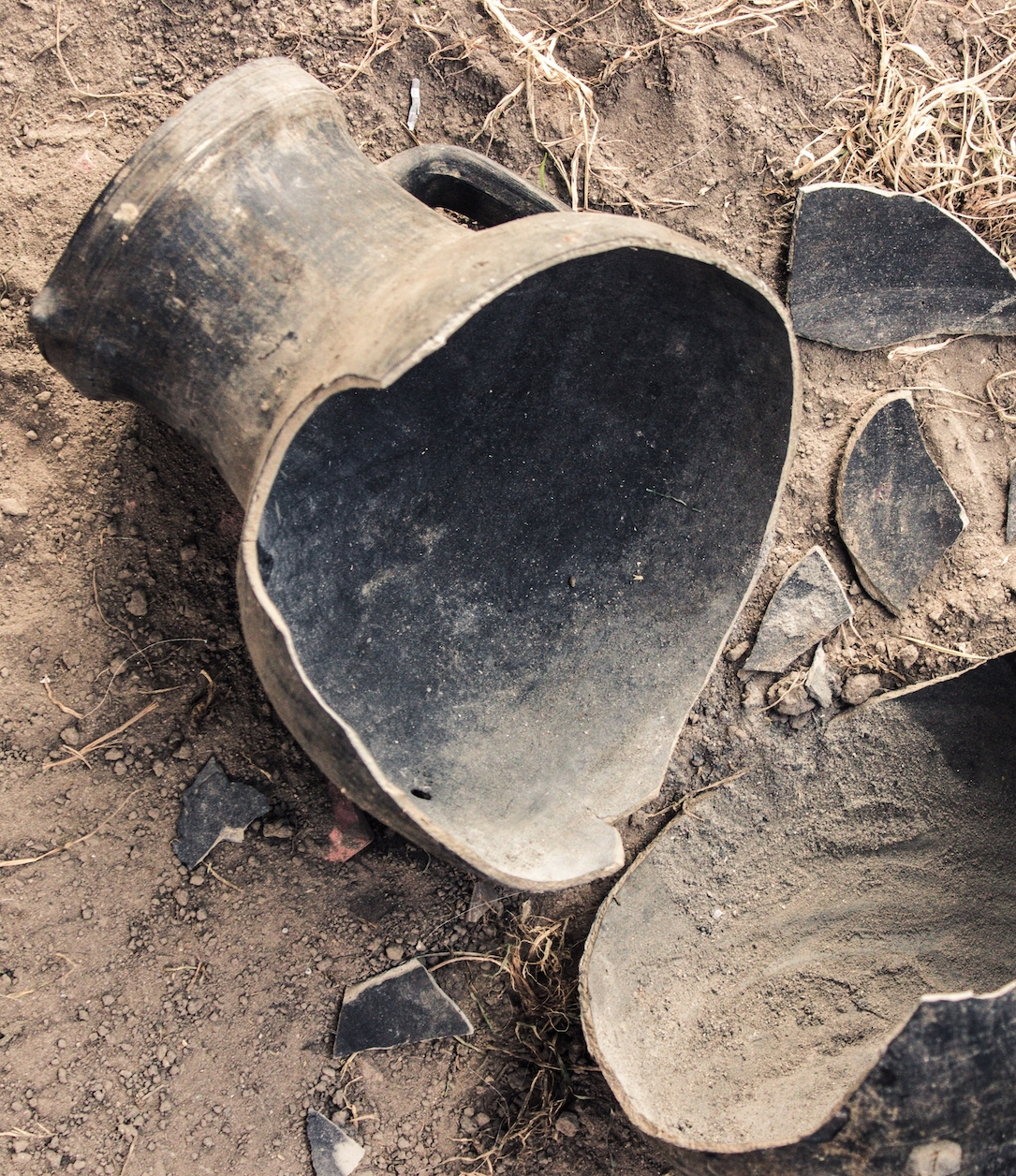
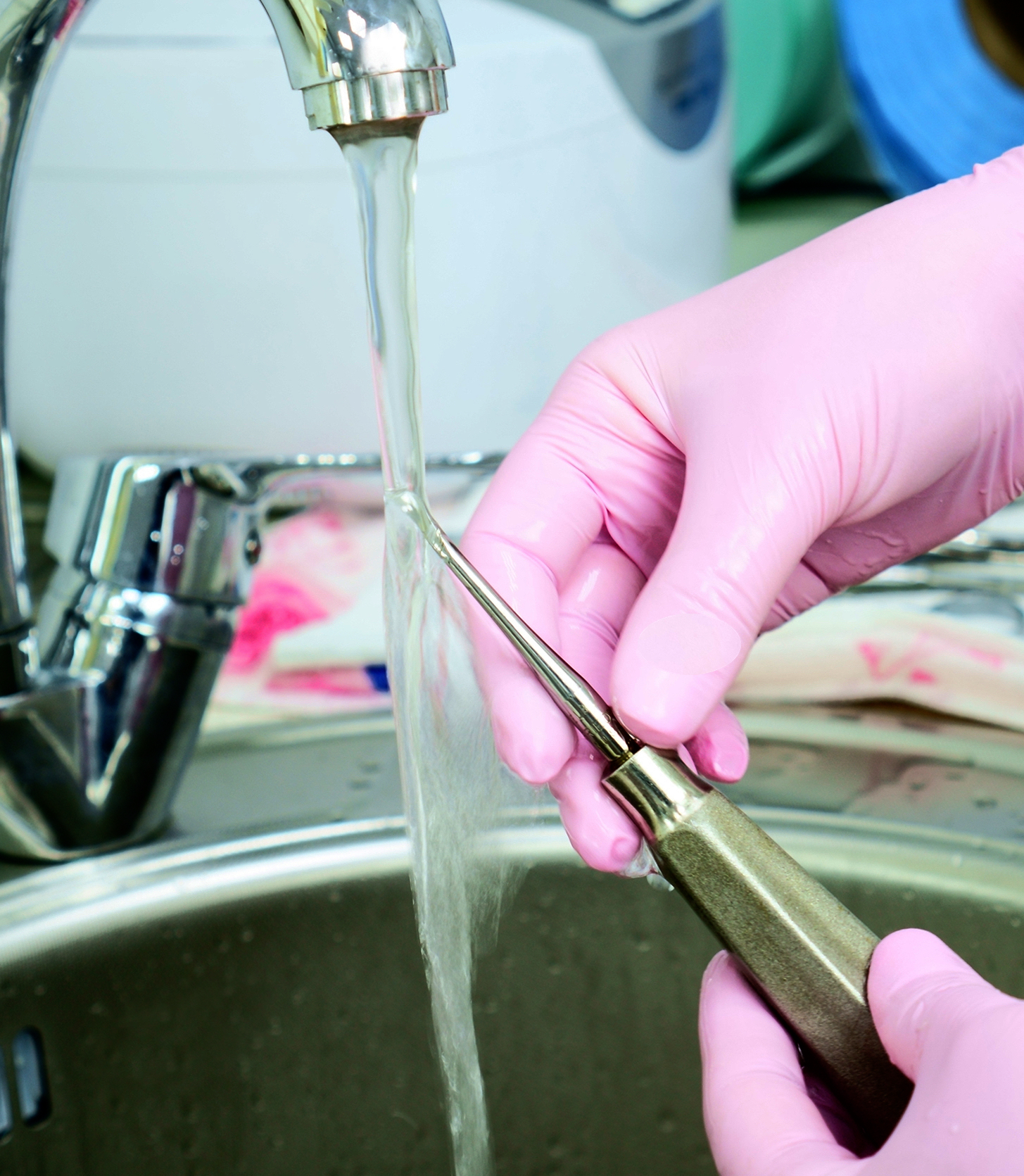
The primary goal of cleaners
The right cleaner for the job
Not every cleaning agent is the same, nor designed for the same purpose. This is most important when considering a detergent for infection prevention and patient care. In this case one should consider what is safer for the people who use them, for the patients they serve, and do the least harm to the environment or the waste water stream when rinsed down the drain. Case Medical has partnered with the U.S. EPA since 2011. We support the agency's goals of safety and sustainability. As a 2022 U.S. EPA Safer Choice Partner of the Year, our instrument cleaning and maintenance chemistries as well as our Case Care Skin Cleanser proudly display the Safer Choice label. If the products currently in your inventory are not EPA Safer Choice labeled, you might want to dig deeper into their SDS to investigate what kinds of carcinogens, mutagens, asthmagens, reproductive or developmental toxicants are in their formulations. Case Medical uses the U.S. EPA SCIL list to formulate each of our cleaners. Visit us at the HSPA annual conference to learn more about Clean Science.
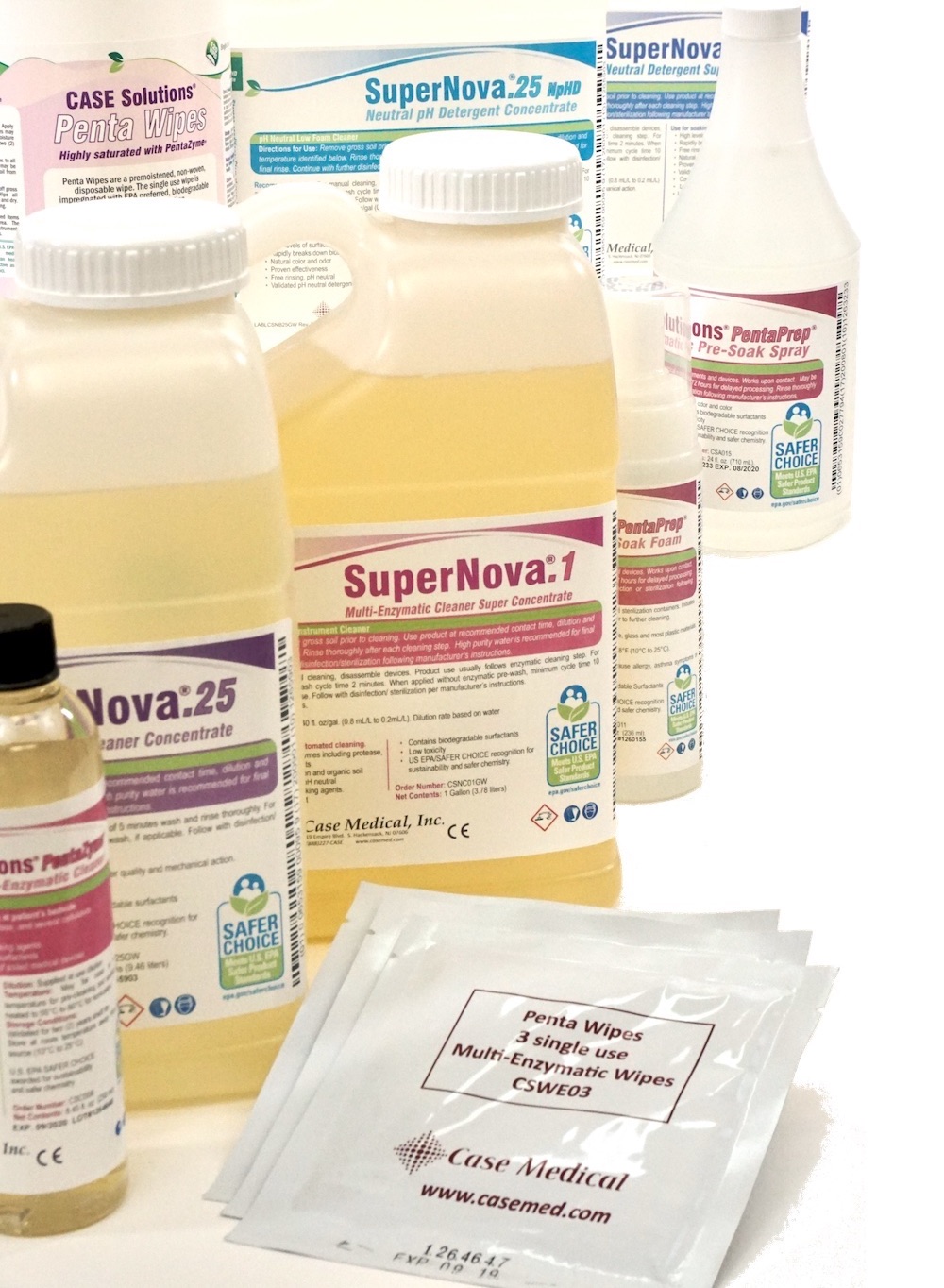
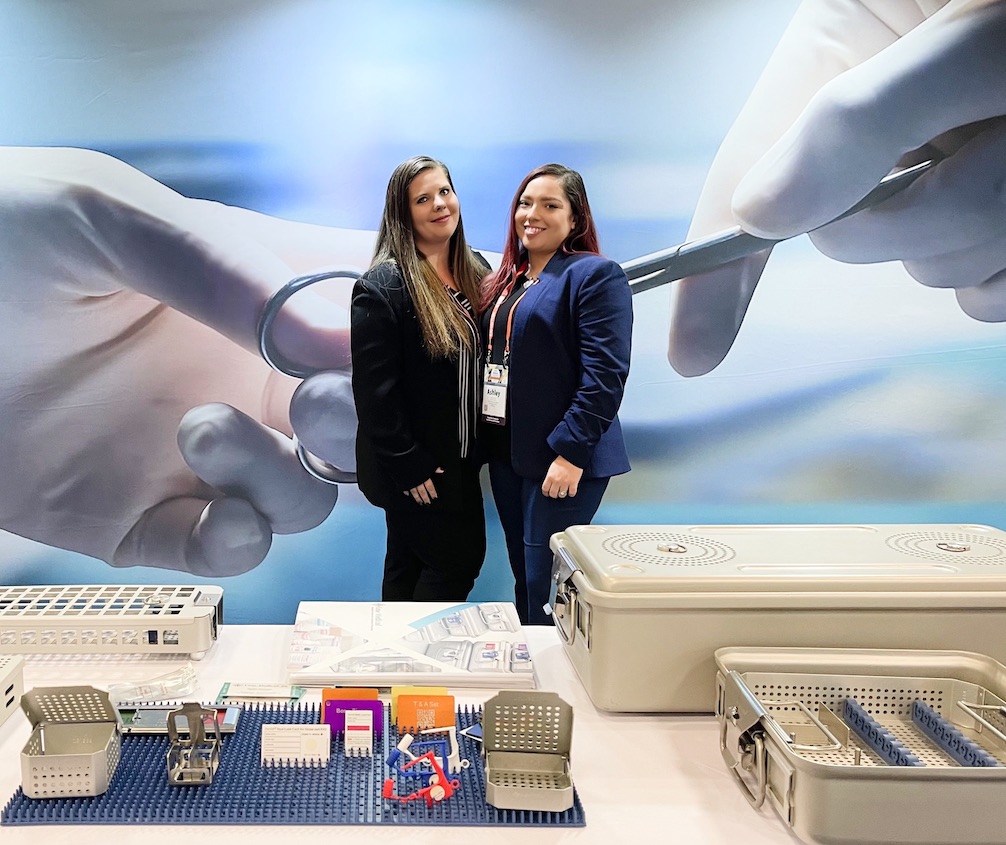
An opportunity to learn more
Join us at Case Medical’s booth #847 where we’ll continue this discussion about the very real science of cleaning. On Saturday, May 6th there will be a hands-on workshop we call “It’s Magic: Now You See It, Now You Don’t” that takes a close-up look at non-visible soils, how dangerous they can be, and how cleaning indicators are an effective tool for ensuring excellent cleaning results. On Sunday May 7th we’ll share our experience and how we learned that the “The Science of Cleaning” is as important as sterilization science. Roll up your sleeves, get involved in some hands-on learning, while you gain CE credits.
Case Medical is the proud sponsor of the Golden Slipper Award which reflects our deep support for HSPA’s mission and our respect for SPD’s role in infection prevention”, says Marcia Frieze, CEO of Case Medical. We congratulate this year’s Golden Slipper award winner: Lauren Caskey, CRCST, CIS, CHL.
Visit us in Nashville or anytime at www.casemed.com to learn more about our products and how they can help your facility lighten its impact on the environment for the good of us all.
Marcia Frieze and the Case Medical team


